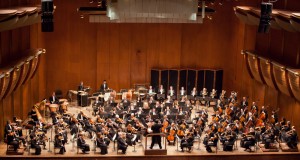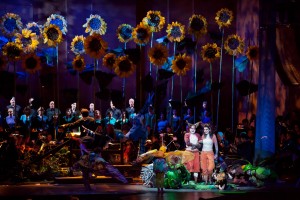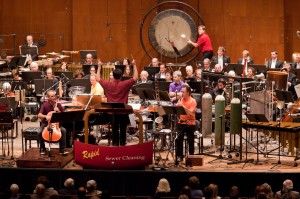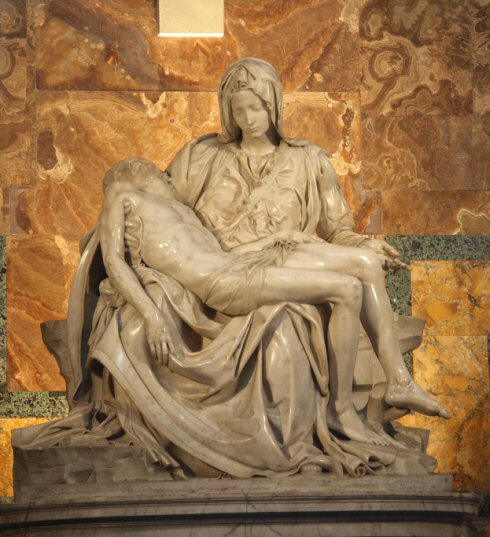By Alan Gilbert
On January 4 the Philharmonic made a very important announcement: Matthew VanBesien has been named the next Executive Director of the Orchestra. I feel very positive about this choice, as I was quoted as saying, but here I want to discuss some of the thoughts that have come to my mind in the wake of the announcement.
Filling Zarin Mehta’s shoes has been a challenge for a couple of reasons. First of all, he’s a master at what he does. He’s a legend in the business, and deservedly so: there’s nobody who has existed at this level of orchestral endeavor for as long as he has and with the success he’s had. Zarin’s sense of what the New York Philharmonic is, and of what it can and should be, is full of respect for the traditions of music. His connections with guest soloists and conductors and with concert presenters around the world are epic.
We looked for someone who could step into the role that Zarin has filled who would fully respect the heritage and the venerable traditions of the New York Philharmonic and, at the same time, have the ability to carry forward into the 21st century both the New York Philharmonic and the elusive notion of what an orchestra should be. It remains to be seen what will actually happen, but the discussions that the Philharmonic’s Board, the Search Committee, the musicians, and I have had were extremely positive and extremely optimism-inducing. What we’re trying to do is nothing less than to redefine the shape, function, and role of the modern symphony orchestra.
Certain things are not going to go away. We will continue playing concerts in our home — a concert hall that, by the way, we’re going to be renovating, if not completely reconceiving. That’s going to be an enormous project on Matthew’s plate. But also up for discussion is the way we interact with our audience, beyond the traditional concert format, how we connect with our community. This very broad concept of outreach — which means going out and not expecting people to come to us — is very important to us, and I think it is something that contains an enormous amount of potential. Also, we can expand the types of concerts we give — working with mixed media, blending cultural trends and forces, collaborating with other institutions in New York City such as arts and dramatic organizations, theaters, museums, schools. There are a lot of ways in which we can expand our reach in what will hopefully be a consistent philosophical mode; not in a way that would be gratuitous and or extraneous, but which would actually be central to what we, as an orchestra, can mean.
In terms of education, there has been a clear shift. Schools are not spending as much time, energy, or resources on music education. Orchestras are trying to pick up the slack — the Philharmonic already has been very active in this area, with our School Partnership Program and other projects (http://nyphil.org/education/schools_overview.cfm) — partly because they can, and also because I think it is becoming an essential part of what an orchestra is. In a sense, everything we do is “education.” When we introduce new music to audiences, or when we try to show connections between pieces on a given program that may not be immediately evident, that’s also education. So it’s not really a stretch to expand the function of the modern symphony orchestra to increase actual educational activities. The capacity of musicians to be teachers, to be advocates for music itself, is something we’re tapping into more and more.
Matthew is very committed to all these things and is interested in thinking out of the box, much as I hope to do.
(For more information on Alan Gilbert and the New York Philharmonic, visit nyphil.org.)



